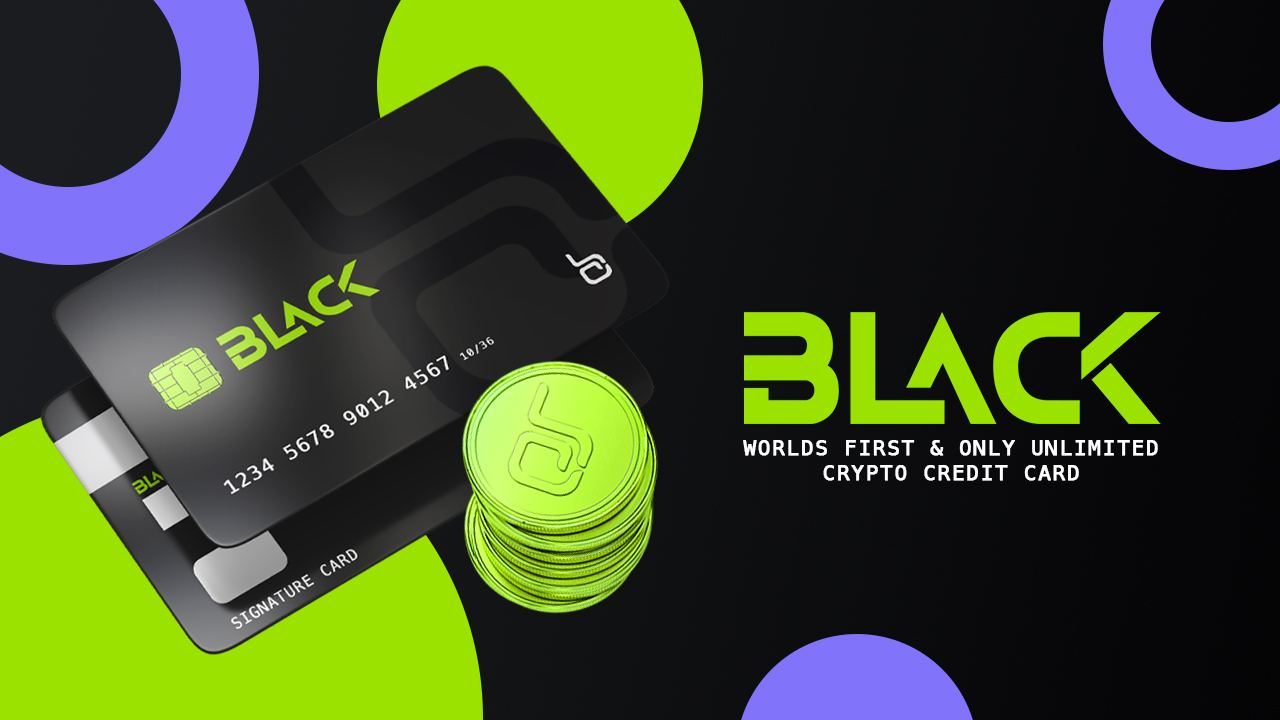Bitcoin’s Taproot upgrade will be activated by the end of 2021 as developers push to develop apps that will benefit from it.
On June 12, the Bitcoin mining pool Slush Pool mined block 687.285 with a transaction that contained the Taproot upgrade trigger signal. It was the 1.816. Block that contained the Taproot activation signal that was mined by BTC miners during the May 30th to June 13th Difficulty Era.
With 2,016 generated blocks in every difficulty level, the signal threshold of 90% required to block the upgrade was reached by overcoming 1,816 blocks with taproot trigger signals. The event means that Taproot, Bitcoin’s first protocol upgrade in more than 4 years, has a planned activation phase in mid-November.
In addition to the end of an approximately 6-week signaling period in 3 consecutive difficulty epochs, block 687.285 also brings a new milestone in the Bitcoin upgrade process that has been developed since 2018. Proponents of the BTC exporter said that in addition to the automatic activation of the year, which takes place towards the end of the year, the focus should now be on building wallets and other ecosystem applications that can use Taproot’s improved scripting functions.
What is taproot?
Before delving into what Taproot is and how it works, it is probably important to understand how Bitcoin transactions work. When sending BTC from one wallet to another, the sender’s public address uses the private key to generate a unique cryptographic signature.
This cryptographic signature contains the necessary authorizations to prove to each node that validates the transaction that the sender actually owns the funds sent and thus fulfills the issue condition. It is possible to create different output conditions for unused transaction outputs (UTXO).
When issuing UTXOs, all issuance authorization data must be disclosed, including those that have been met and what conditions may have been met. The side effects of this feature are significant impact on data usage and privacy. Taproot is an upgrade designed to solve such a problem by masking the issuing conditions, except for those that are in the branch of the script that the trading parties have agreed to.
Riccardo Casatta, bitcoin developer and one-time recipient of crypto grants from payment processor Square, pointed out Taproot’s basic premise:
“The Taproot upgrade includes a number of improvements. Among them, the most important improvement is helping to improve privacy in the long term. One misconception we have today is that the use of Bitcoin is mostly private, while in reality transactional activity leaves a lot of traces on the blockchain. Bitcoins, for example, are sent to different addresses – starting with “1”, “3” or “bc1” depending on the version and the smart contract behind it. This is a problem as it reveals information about what users are spending. “
With Taproot it is possible to combine the public keys of all entities involved in one transaction into a single key. By creating a new expense called Pay to Taproot (P2TR), it is possible to have locked-amount issue conditions for a public key instead of a private key or hash script that requires a full calculation of all issue conditions contained in UTXO.
Several signatures can be combined into a single composite signature based on Schnorr signatures. Taproot proponents take advantage of the linear nature of Schnorr signatures and say it is possible not to distinguish Multisig from their single signature copies, or as Casatta puts it:
“With Taproot, different spending conditions can often be the same, and that’s great because it reveals less information about the user and improves efficiency.”
Almost reached the absolute support of the miners
Bitcoin’s Taproot upgrade reached a critical consensus of 90% of mining nodes on June 12. This process has been supported almost entirely by miners, with all recognized mining pools signaling taproot.
Slush Pool started the process in May and mined the first block of transactions with the Taproot trigger signal. Presumably, the fifth largest Bitcoin mining pool according to hash rate distribution is also controlled by miners in order to block the upgrade.
Although the start of the signaling phase slowed during the Chinese holiday of 5/5, the consensus among miners to support the upgrade in the second difficulty era began to expand significantly. This almost unwavering support solidifies the miners’ commitment even before the planned upgrade goes into Bitcoin Core at the end of 2020.
The initial delay in reaching the required 90% consensus in the first month of the process could be due to some miners having to adapt to specific firmware requirements in order to send signals. Despite the increase to around 70% within the first 3 days, the signal rate of the miners was between 40% and 70% during the first difficulty epoch.
AntPool and F2Pool – ranked first and second in terms of hashrate distribution – were early pools for activation, as was Foundry USA. By May 17, every major mining pool had signaled Taproot, including Binance with its first block of transactions. BTC.Top is lagging as the mining pool reportedly needs to run tests with the required protocols to begin signaling Taproot.
Data protection, scalability and smart contracts
Several Bitcoin developers agree that Taproot will offer a significant improvement in Bitcoin’s privacy. During a chat in early June, Pieter Wuille, Bitcoin developer at Chaincode and one of the earliest proponents of the Taproot upgrade, commented:
“Taproot extends Bitcoin’s scripting capabilities in a way that makes certain things cheaper (especially more complex applications like Multisig and Layer-2) and a little more private by hiding the spending rules in general.
In addition to masking certain spending conditions and making transactions indistinguishable, Taproot also significantly reduces the block space occupied by transaction data. While this feature will help reduce transaction throughput by compressing the data size associated with multisig transactions, it is hardly a panacea for Bitcoin’s scalability problems.
However, it opens the door to smart contracts on the Bitcoin blockchain, as the upgrade reduces the space required for multi-signature transactions in a block. Smart contract transactions are essentially the interaction between multiple addresses and users.
With Taproot, these smart contract processes make no difference when you simply transfer BTC from wallet to wallet. Details on some smart contracts use cases are likely to roll out once Taproot is activated in late 2021. Casatta said:
“In the medium / long term, I see the use of Bitcoin Smart Contracts increasing, which enables use cases such as inheritance and delegation in corporate spending. And the biggest advantage is that this is done via the blockchain. “
Many Bitcoin developers agree that in addition to the November activation, network participants will need to create useful applications based on the upgrade. The upgrade will activate itself under the terms of the Bitcoin Improvement Protocol 341 (BIP-341) at block height 709,632.
In addition, Taproot will be a soft fork upgrade, which means that the network participants do not have to accept the change. However, given the cost benefits of accepting the upgrade, it is likely that service providers will upgrade their software to implement Taproot.
At home at home
According to Cointelegraph
Follow the Youtube Channel | Subscribe to telegram channel | Follow the Facebook page
















